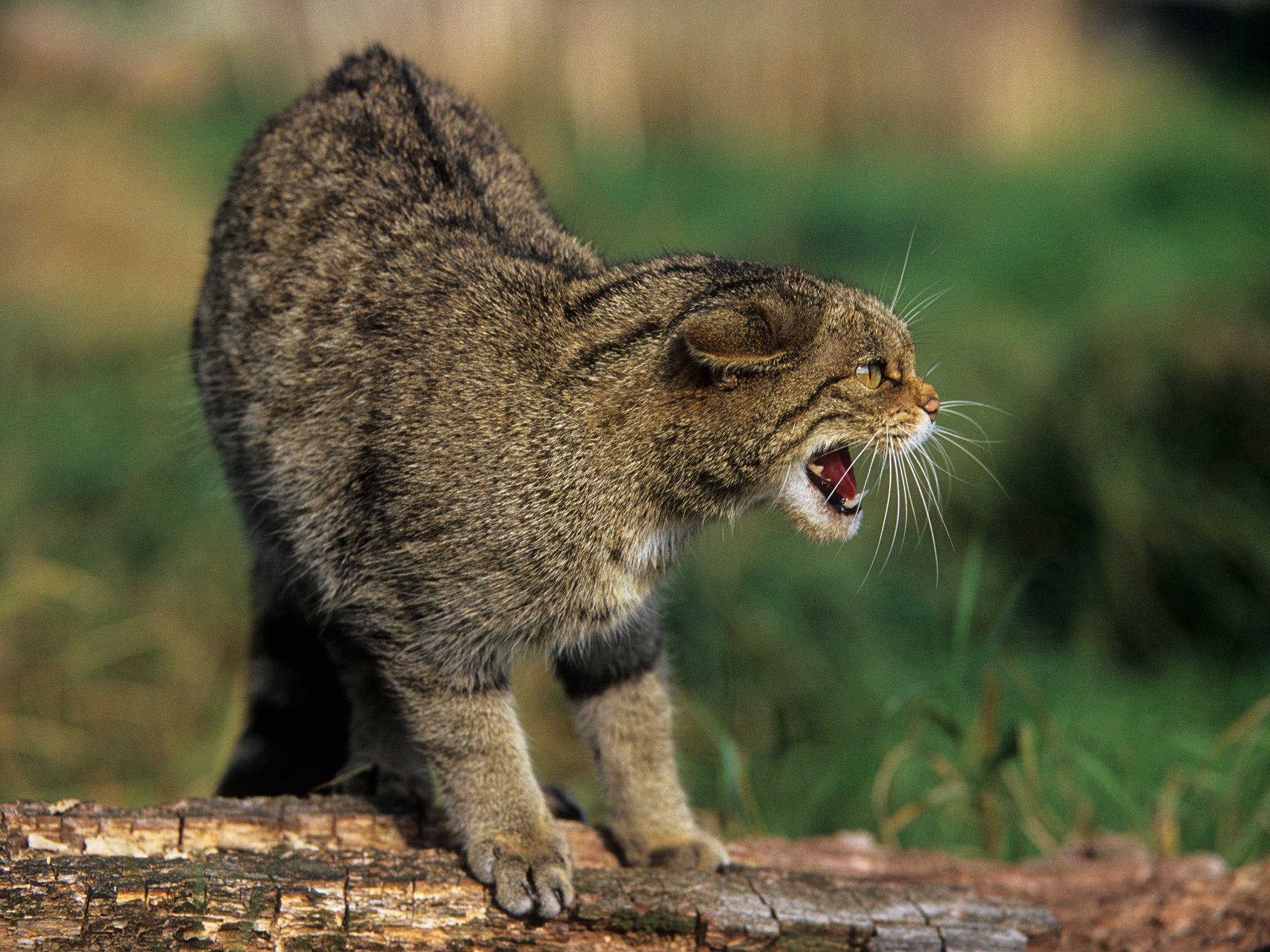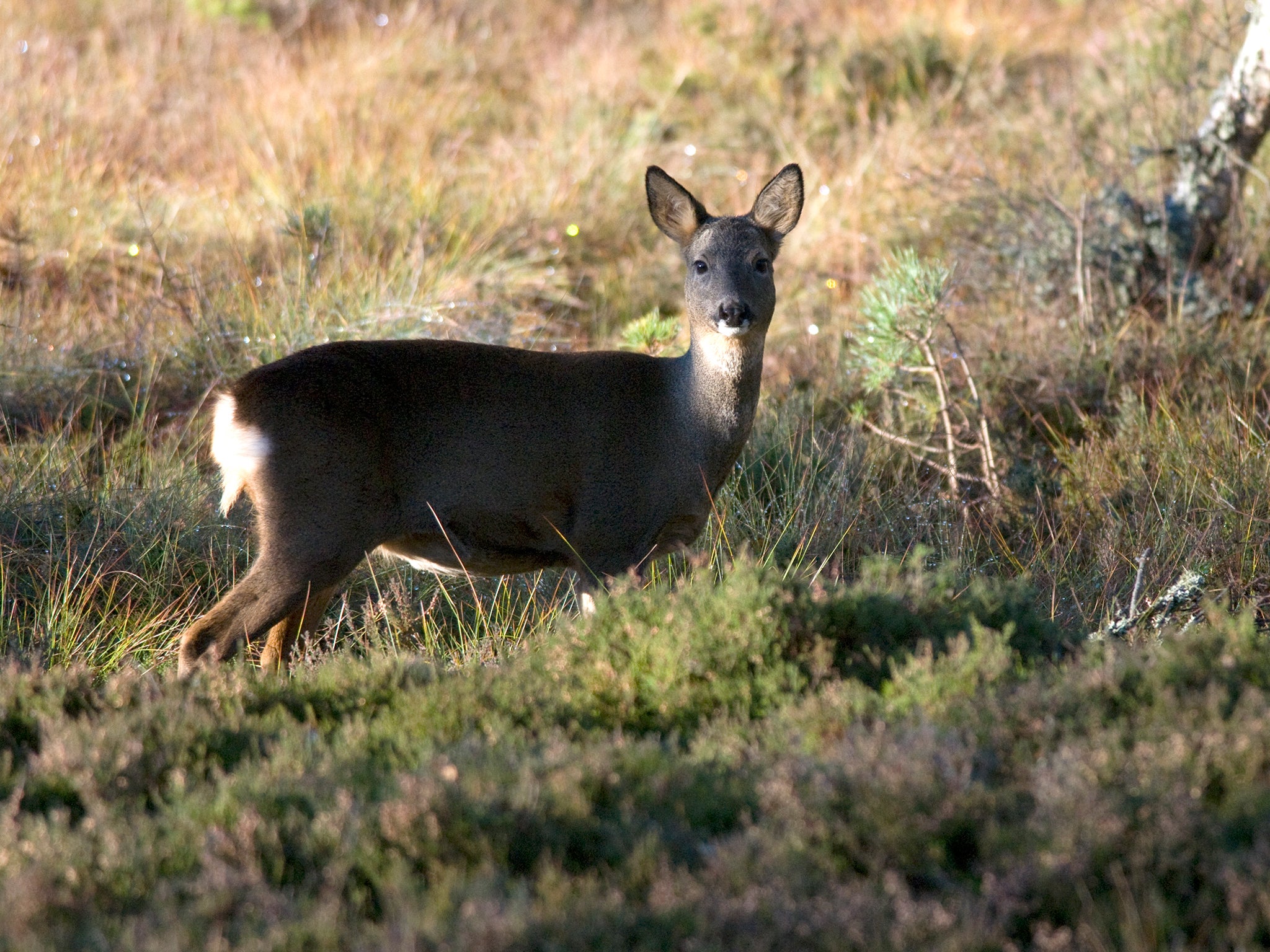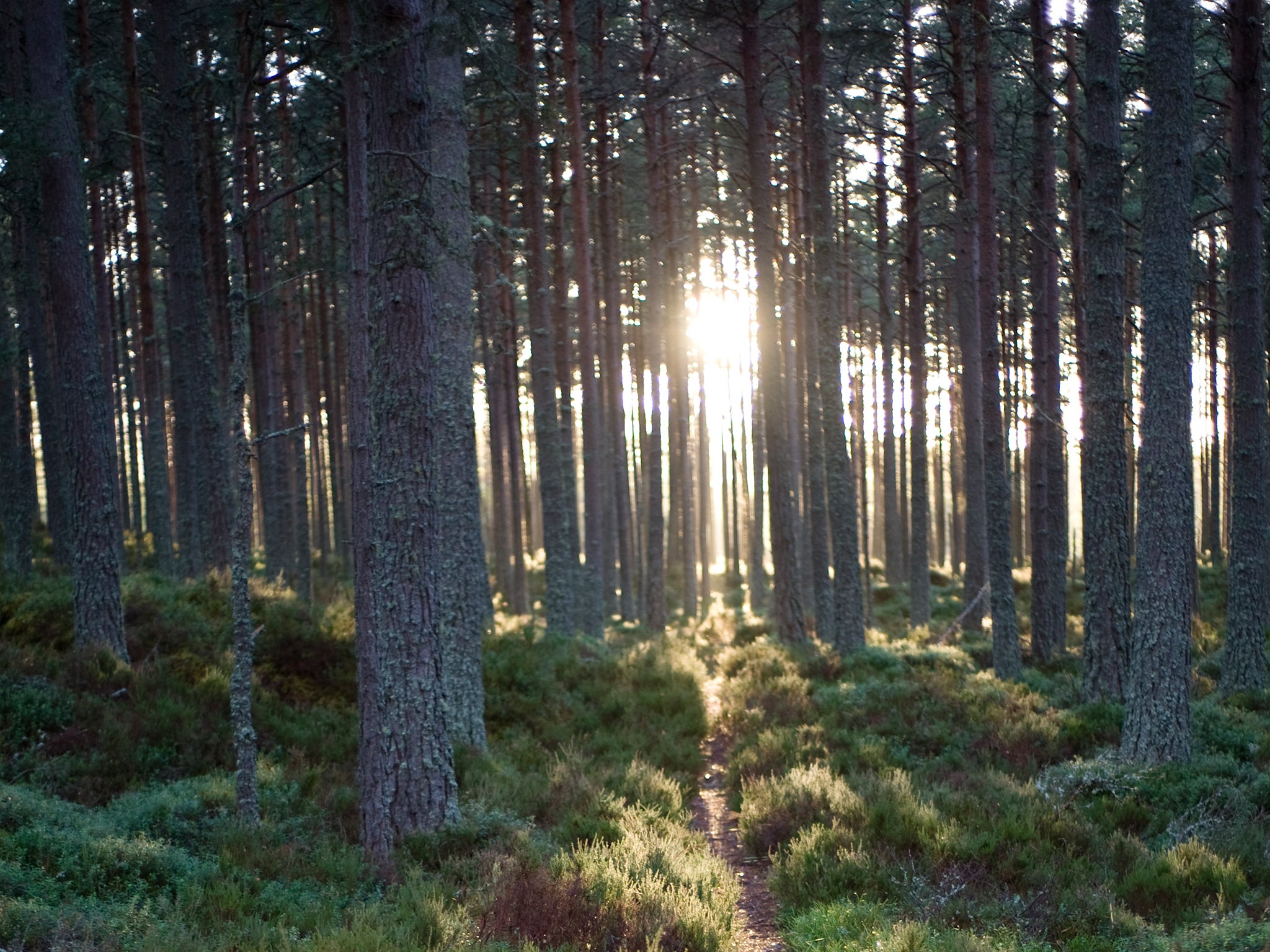Scottish Highlands: In search of some of Britain's rarest and most elusive species
The final tally of our week was impressive – 126 species of birds, 11 mammals, and two out of three ghosts made real

Your support helps us to tell the story
From reproductive rights to climate change to Big Tech, The Independent is on the ground when the story is developing. Whether it's investigating the financials of Elon Musk's pro-Trump PAC or producing our latest documentary, 'The A Word', which shines a light on the American women fighting for reproductive rights, we know how important it is to parse out the facts from the messaging.
At such a critical moment in US history, we need reporters on the ground. Your donation allows us to keep sending journalists to speak to both sides of the story.
The Independent is trusted by Americans across the entire political spectrum. And unlike many other quality news outlets, we choose not to lock Americans out of our reporting and analysis with paywalls. We believe quality journalism should be available to everyone, paid for by those who can afford it.
Your support makes all the difference.Stalking something invisible is strange enough when you’re alone. When there are 13 of you, it’s almost comical. We tried to move in silence, but every tiny, involuntary sound of clothing or throat seemed vastly over-amplified within the cathedral stillness of the Strathspey pinewood. To me, we were a wall of noise, a marching band. I doubted whether any Scottish wildcats would come to see the parade.
As it happened, we were actually trying to find a capercaillie – our fifth and final attempt. Hopes were flagging. This rare forest grouse, along with the wildcat and the golden eagle, is a celebrated Highland phantom – easy to see on covers of regional guidebooks, near-impossible in life.
It was the last day of a week that had begun with a dawn drive from our Nethy Bridge base to Dorback, in quiet, hilly farmland. Meadow pipits skittered across a pink milkshake sky and we shivered, huffing clouds of steam. Our guides, Phil and Jonny, pointed out a black grouse, perched on a fence post across the valley. The great glossy bird was preening, cocking his long lyre tail to show off the frilly white underskirt of feathers beneath. A young roebuck with tiny spike antlers tiptoed warily across our sightline; red grouse chuckled from the heather moor behind us.

Some members of north Scotland’s pantheon of near-legendary wildlife are easy to see. Two steps into our first forest, we found a party of crested tits, charming spike-headed sprites somersaulting among the branches over our heads. Any glance at the Spey, Findhorn or Nethy revealed a dipper bobbing on a midstream rock, and red squirrels visiting bird feeders in Strathspey villages. But expert assistance is invaluable when your goal is to meet the shy and the scarce.
Travel Essentials
Getting there Marianne Taylor travelled with Heatherlea (heatherlea.co.uk). The Outer Limits adventure costs £1,195pp, with no single supplement, including accommodation at the Mountview Hotel in Nethy Bridge and the Caladh Inn in Stornoway, all meals, and transport (with collection/drop-off at Aviemore train station on arrival and departure).
More information visitscotland.com
I was travelling with Heatherlea, which offers more than 40 different wildlife-watching holidays each year in Scotland, and knows how to find capercaillies, golden eagles and other sought-after species. But even these experts could not offer hope of seeing a wildcat. The “Highland tiger” is increasingly rare now, perhaps not even in double figures, thanks to hybridisation with (and diseases caught from) feral domestic cats. If any survive, they do so by giving humans the widest possible berth. But wildcats have haunted my imagination forever, and just walking their moors and forests had a magic about it.
The lost wildcats were the grey shadows flitting out of the corner of my field of view as I scanned field and forest, but wildlife of substance abounded everywhere. As we ate lunch by the river Findhorn, an immense shape drifted overhead – a young white-tailed eagle wandering in search of territory. It wheeled on its great oblong wings so slowly that it looked sure to stall and plummet, and dwarfed the two buzzards trying in vain to chivvy it along. On another day we followed the river north and watched an osprey hunting one last fish before its southward migration, while winter waders thronged the shores of Findhorn Bay. Midweek brought a change of scene. We took a ferry from Uig to Tarbert, to explore Harris and Lewis. Temporarily, I could forget wildcats and concentrate on golden eagles. Like the cat, this eagle is a shadowy form, far rarer than it should be, constantly retreating from human encroachment into its wild landscapes. I had never seen one clearly in Britain before, just distant outlines slipping away over mountain ridges or behind folds of low-slung cloud.

From Tarbert we followed the only real road, a smooth grey ribbon winding northwards through moorland ripped apart by jagged rock, almost too forbidding to be beautiful, to Stornoway and sleep. The next day we navigated the Lewis coastline and found birds galore, from black-throated divers and merlins to snow buntings. And we found a few golden eagles too, in the high wild hills, but as always they were far-off silhouettes, drifting out of reach almost as soon as we found them in our scopes. Just one sighting was different. This eagle turned towards me in the air and caught the light for long enough that I truly saw the gold of it, and the broad brown spread of its wings. It wheeled away, a silhouette again, then gone, and the moment already felt like a dream.
On the ferry back, skuas, shearwaters and storm petrels skimmed the sunlit waters of the Minch ahead of us all the way to Ullapool, and briefly a pod of common dolphins bounded alongside. There was time to talk, too. Jonny told me of the wildcats he’d seen in his years of guiding in Strathspey, his words becoming ghost stories in the telling.
The weather was clear enough to climb CairnGorm on our final morning. Near the summit we found a bevy of fat grey-and-white ptarmigans trotting across the boulderfield, untroubled by our presence, and a mountain hare crouched by a windbreak rock, grooming its long ears.
And on that last forest walk, we must have been quieter than we seemed. We were turning back when there was a sudden uproar from the path-side, as a forest phantom took flight through the treetops. We spun round to watch the heavy-tailed grey shape skimming away on bowed wings – a female capercaillie. In her wake, we were jubilant. The final tally of our week was impressive – 126 species of birds, 11 mammals, and two out of three ghosts made real.
Join our commenting forum
Join thought-provoking conversations, follow other Independent readers and see their replies
Comments